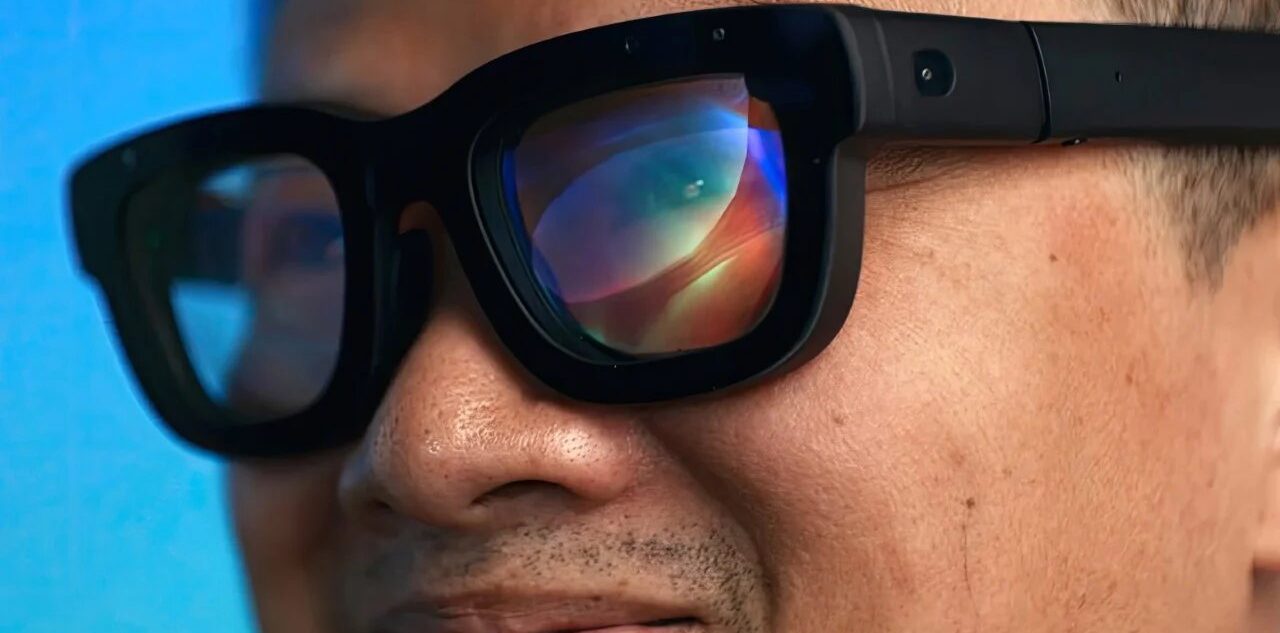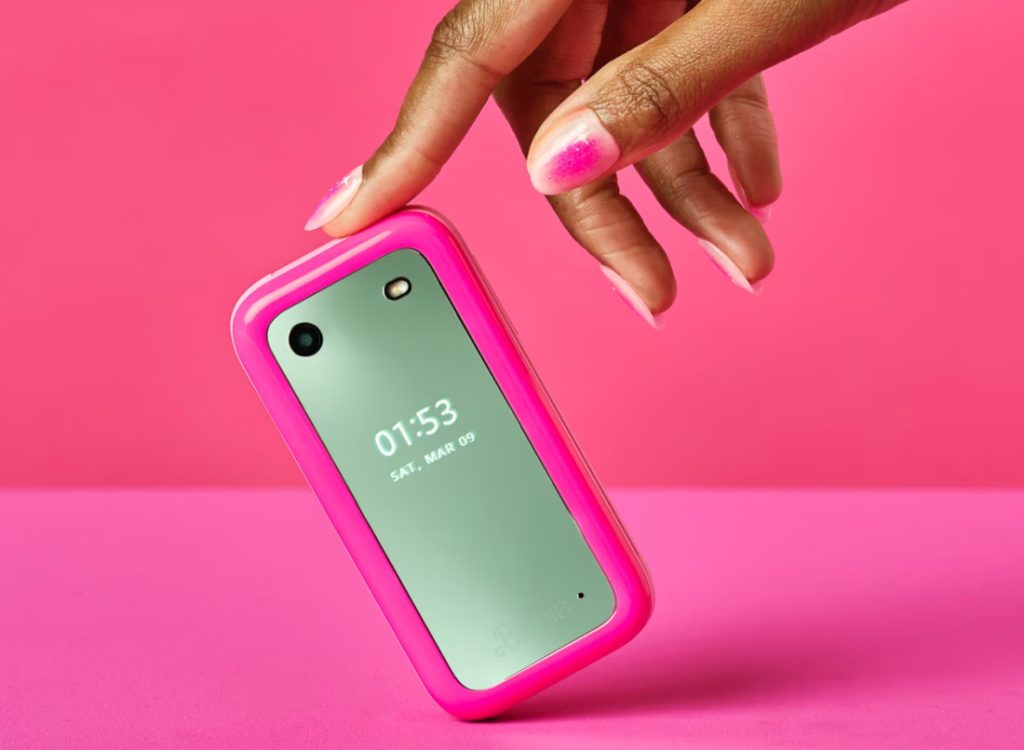
At the Meta Connect 2024 keynote, Mark Zuckerberg introduced the Orion AR glasses, featuring holographic displays and neural control. The device is smaller, lighter, and more stylish than Apple’s Vision Pro. Although still a developer prototype, Meta aims to refine its design, enhance the displays, and offer it at an affordable price for consumers.

Orion is a sleek, spectacle-like AR device weighing under 100 grams, designed for comfort during extended use. Unlike the mixed reality of Meta Quest Pro and Apple’s Vision Pro, Orion uses a fully transparent holographic display that projects 3D objects directly into the real world with waveguide technology. Made from lightweight magnesium, the frames are both strong and efficient at dissipating heat, a material even used by NASA.

The magic lies in tiny projectors embedded in the arms of the glasses, which beam light into lenses with nanoscale 3D structures, producing sharp holographic displays. Zuckerberg highlighted how you can go about your day—whether at a coffee shop or on a plane—while interacting with immersive AR elements like a virtual cinema-sized screen or multiple work monitors.

Orion glasses go beyond visuals by enabling natural social interaction. You can maintain eye contact through transparent lenses while digital elements overlay the real world. Need to send a message? A hologram appears, and you can respond with a simple gesture, without reaching for your phone. This seamless blending of the digital and physical worlds could give Orion an edge over competitors.

For control, Orion offers multiple modes—voice, hand, and eye tracking—but its standout feature is the neural wristband. Unlike the Vision Pro, which relies on gestures and voice commands, Orion reads neural signals from your wrist for subtle control. This allows for discreet actions, like tapping your fingers to summon a hologram or send a message, offering a more intimate and advanced interaction than current technologies.

While Apple’s Vision Pro and Meta’s Quest Pro are praised for intuitive interaction, Orion’s neural control is a major leap forward. It minimizes the need for physical and vocal gestures, making interaction with digital elements smoother and more seamless.

A key feature that sets Orion apart is its display technology. Unlike the Vision Pro and Quest Pro, which use cameras to display the outside world on a screen, Orion delivers true augmented reality. It projects digital holograms directly into your field of view, blending seamlessly with your surroundings through transparent lenses. These bright, sharp holograms stand out in various lighting conditions, offering detailed and immersive digital overlays.

Zuckerberg demonstrated Orion’s potential with examples like receiving a message as a floating hologram or “teleporting” a friend’s avatar into your living room. This is made possible by custom silicon chips and sensors built into the glasses, offering a more subtle but immersive experience than current pass-through systems. In a private demo, he even played a metaverse version of Pong with industry leaders like Nvidia CEO Jensen Huang and investors like Gary Vaynerchuck and Daymond John.
Orion is still in development. Zuckerberg admitted it’s not consumer-ready yet and will serve as a development kit for Meta’s teams and select partners. This will help refine the hardware, software, and app ecosystem before its consumer release. He also mentioned efforts to reduce costs, though it’s not a device you’ll see in stores anytime soon. It’s a key step toward Meta’s vision for the future of AR.

The potential for Orion is huge. Zuckerberg sees it as the next major computing platform, transforming how we work, play, and connect. With true augmented reality and a neural interface, Orion is more than just a gadget—it’s a new way to interact with the digital and physical worlds. While it’s not available yet, Orion offers an exciting preview of the future and could redefine the AR landscape in the years ahead.





